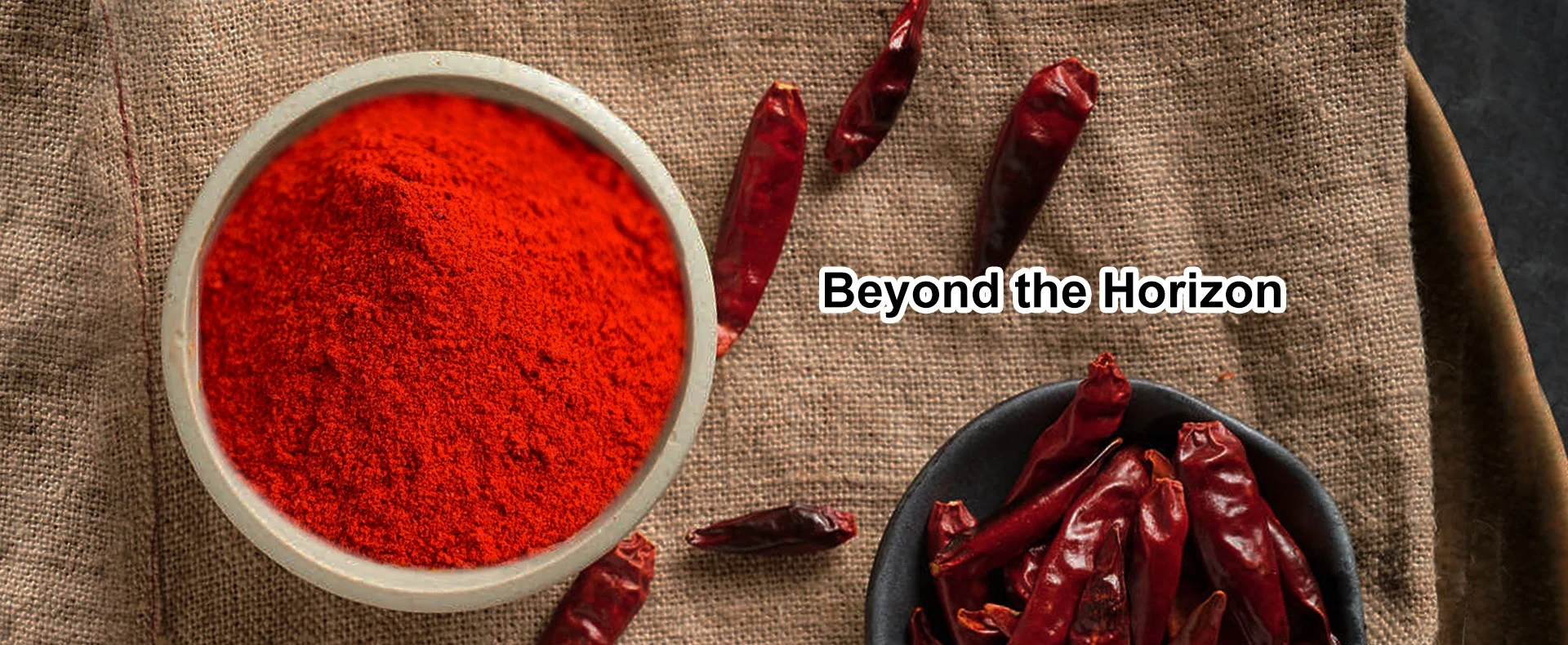- No. 268 Xianghe Street, Economic Development Zone of Xingtai city, Hebei 054001 China
- Byron@hbhongri.cn
capsicum annuum paprika
The Rich World of Capsicum annuum A Dive into Paprika
Capsicum annuum, a species belonging to the nightshade family, is perhaps best known for its vibrant variety known as paprika. This spice is more than just a colorful addition to our culinary endeavors; it is steeped in history, culture, and an array of health benefits that make it a fascinating topic of exploration.
Historical Background
The origins of Capsicum annuum trace back to Central and South America, where it was domesticated thousands of years ago by indigenous peoples. Following the Columbian Exchange in the late 15th century, Capsicum annuum was transported to Europe, where it underwent significant cultivation and adaptation. It quickly became popular for its flavor and vibrant color, leading to various adaptations across different cultures. Today, paprika is predominantly associated with Hungarian and Spanish cuisines, each boasting unique varieties and distinctive flavor profiles.
Cultivation and Varietal Diversity
Capsicum annuum is a highly versatile species, encompassing a wide range of peppers, from sweet bell peppers to fiery hot varieties. The cultivation of paprika, in particular, involves selecting specific cultivars of Capsicum annuum that produce the best flavor and color. The peppers are typically harvested when fully ripe, dried, and ground into a fine powder. Variations in soil, climate, and cultivation techniques can lead to significant differences in taste and heat levels, contributing to the diverse paprika offerings on the market.
Hungarian paprika, known for its sweet and smoky flavor, comes in several grades, ranging from delicate to extra hot. In contrast, Spanish paprika (or pimentón) is often smoked, imparting a unique flavor that is integral to dishes like chorizo and paella. This diversity not only showcases the adaptability of Capsicum annuum but also highlights regional culinary traditions.
Culinary Uses
capsicum annuum paprika

Paprika is a staple in many kitchens around the world. Its rich color enhances the visual appeal of dishes, while its flavor adds depth and complexity. In Hungarian cuisine, paprika is a central ingredient in goulash, soups, and stews, while in Spanish cooking, it finds its way into the famous patatas bravas and various sausage preparations.
Beyond its traditional uses, paprika can be creatively incorporated into modern recipes. Chefs are experimenting with paprika in everything from spice rubs to salad dressings and infused oils. Its ability to enhance flavors without overwhelming them makes it a beloved ingredient among home cooks and professional chefs alike.
Nutritional and Health Benefits
Beyond its culinary charm, Capsicum annuum—and paprika specifically—boasts numerous health benefits. It is rich in vitamins A, E, and C, providing a powerful antioxidant profile that supports immune health and skin vitality. The capsaicin present in some Capsicum annuum varieties is known for its anti-inflammatory and pain-relieving properties, making it a natural remedy in traditional medicine.
Moreover, studies suggest that regular consumption of paprika may contribute to improved metabolism and enhanced digestive health. The spice is also associated with cardiovascular benefits, potentially lowering cholesterol levels and improving circulation. As consumers increasingly seek natural remedies and health-promoting foods, capsicum-based spices like paprika are gaining recognition as vital components of a balanced diet.
Conclusion
Capsicum annuum, particularly in the form of paprika, is much more than a simple spice. Its rich historical roots, diverse cultivation, culinary versatility, and impressive health benefits make it a subject worthy of appreciation. As we continue to explore the flavors and traditions linked to this remarkable plant, we gain a deeper understanding of its significance in our kitchens and its potential benefits to our overall health. Whether used in traditional recipes or contemporary dishes, paprika remains a beloved ingredient that connects us to cultures, histories, and the vast biodiversity of our planet. Embracing capsicum and its vibrant varieties not only enhances our meals but also enriches our lives.
-
The Versatile Uses and Benefits of Capsicum Frutescens Oleoresin and ExtractsNewsJun.03,2025
-
Paprika&Chili Products Enhancing Flavor and Wellness in Every BiteNewsJun.03,2025
-
Paprika Extract and Capsicum Applications in Food and IndustryNewsJun.03,2025
-
Exploring the Benefits and Uses of Turmeric Powder and Curcumin ExtractNewsJun.03,2025
-
Discover the Bold Flavor of Premium Chilli Powder from ChinaNewsJun.03,2025
-
Capsicum Oleoresin Extract: A Potent Natural Ingredient in Modern ApplicationsNewsJun.03,2025







